Short on Time During Your Workout? Don’t Skip the Stretching!
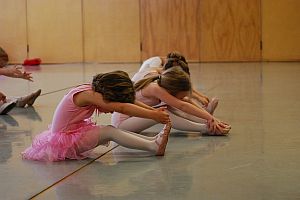
Why is stretching the part of our workout regimen that so many of us tend to skip? We might tell ourselves it’s because we’re sort on time, that we’re impatient or that (deep down) we believe stretching is really pointless. But however we rationalize it, skipping the stretching is a BAD idea!
It’s probably obvious that our joints were designed to be able to move in various directions with a certain degree of freedom. But as our bodies age, we become stiffer and lose the flexibility we had when we were young. In fact, chances are (unless you happen to be a dancer or gymnast), that process will start even before you reach your 20th birthday. However, it’s never too late to regain some of that youthful flexibility by becoming more serious about stretching. Combined with strength training, proper stretching can help prolong our mobility and independence—allowing us to perform basic day-to-day tasks well into our senior years. Reaching that high shelf, bending to pick up a dropped object, and accessing that hidden switch behind an awkward kitchen cabinet are all great examples.
One reason it’s really important to stretch before working out is that we are likely to use muscles and connective tissues that are normally inactive. Without flexibility, the risk of getting hurt goes up. However, stretching can help prevent (or even treat) some common types of musculoskeletal injuries if it’s done correctly. Plus, it can feel good! Stretching can be a great way to start the day or to wind down after work.
Preparing the body for exercise by warming up the muscles (increasing blood flow) and stretching is easy and need not take up much of your time. Simply begin moving the various muscle groups in a deliberate way, with slow stretches of the joints towards the end of their range of motion. As you do this, you should notice a gentle “pulling” sensation and hold the position for up to half a minute. Then stretch the alternate side or move on to other muscle groups. Not only does stretching prevent injury, but it also improves the mechanical efficiency of your body. Stretching prior to exercise means muscles and joints are able to move through their full range of motion with less effort when exercising , improving performance.
Other benefits of stretching include improved circulation, less pain and faster recoveries following workouts, and better posture. If you find yourself arriving home stiff and achy from sitting at a desk all day and then commuting—try stretching. You might find that you’ll feel better almost instantly!
Remember—good health is the result of lots of little day-to-day things, including your nutrition, exercise and sleep habits, as well as your healthcare choices. As chiropractic physicians, we’re experts in diagnosing and treating disorders of the musculoskeletal and nervous systems. We’re also experts in prevention and performance. If you’re interested in any of these things, we encourage you to call or visit our office today!
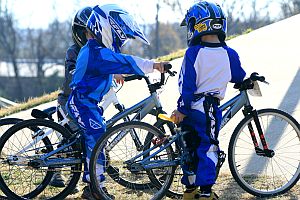

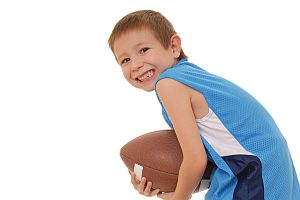
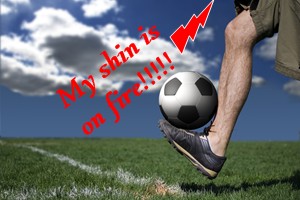 Although you may have heard the term before, you may not know exactly what a “shin splint” is. It’s a common term for painful inflammation at the front of the tibia caused by strenuous activity. Medical professionals refer to it as medial tibial stress syndrome (MTSS). The following exercises will not only help to prevent shin splints or MTSS, but the first two exercises can also help relieve some of the agony for those who are already suffering from the syndrome. If you already have shin splints, use care and restraint in performing these exercises.
Although you may have heard the term before, you may not know exactly what a “shin splint” is. It’s a common term for painful inflammation at the front of the tibia caused by strenuous activity. Medical professionals refer to it as medial tibial stress syndrome (MTSS). The following exercises will not only help to prevent shin splints or MTSS, but the first two exercises can also help relieve some of the agony for those who are already suffering from the syndrome. If you already have shin splints, use care and restraint in performing these exercises.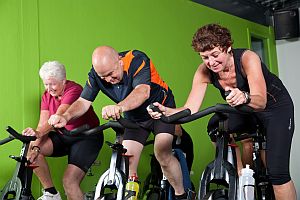

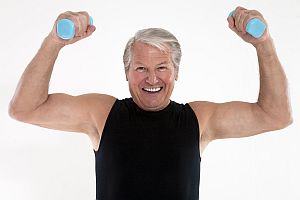
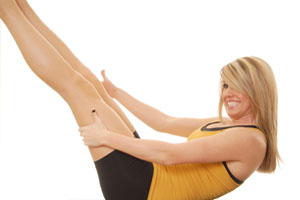
 Pain and stiffness can significantly reduce your neck’s range of motion. Although a decreased range of motion in your neck may not seem like a major problem, it can actually contribute to a number of unpleasant conditions, including headache, fatigue, irritability and sleep loss. Like any other part of the body, our neck can become stronger and more flexible through exercise. Following are some useful exercises that can help to increase the range of motion in your neck.
Pain and stiffness can significantly reduce your neck’s range of motion. Although a decreased range of motion in your neck may not seem like a major problem, it can actually contribute to a number of unpleasant conditions, including headache, fatigue, irritability and sleep loss. Like any other part of the body, our neck can become stronger and more flexible through exercise. Following are some useful exercises that can help to increase the range of motion in your neck.